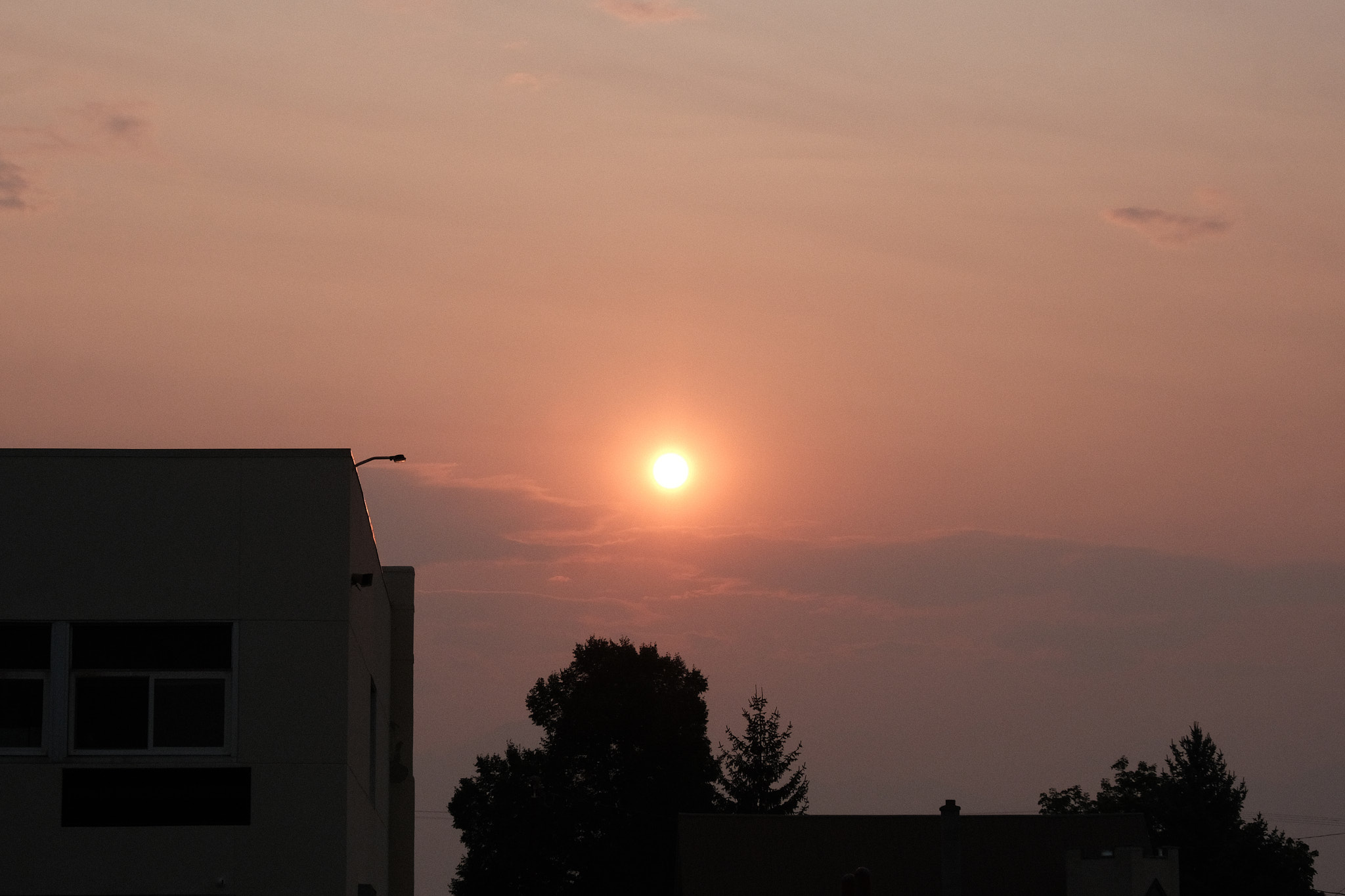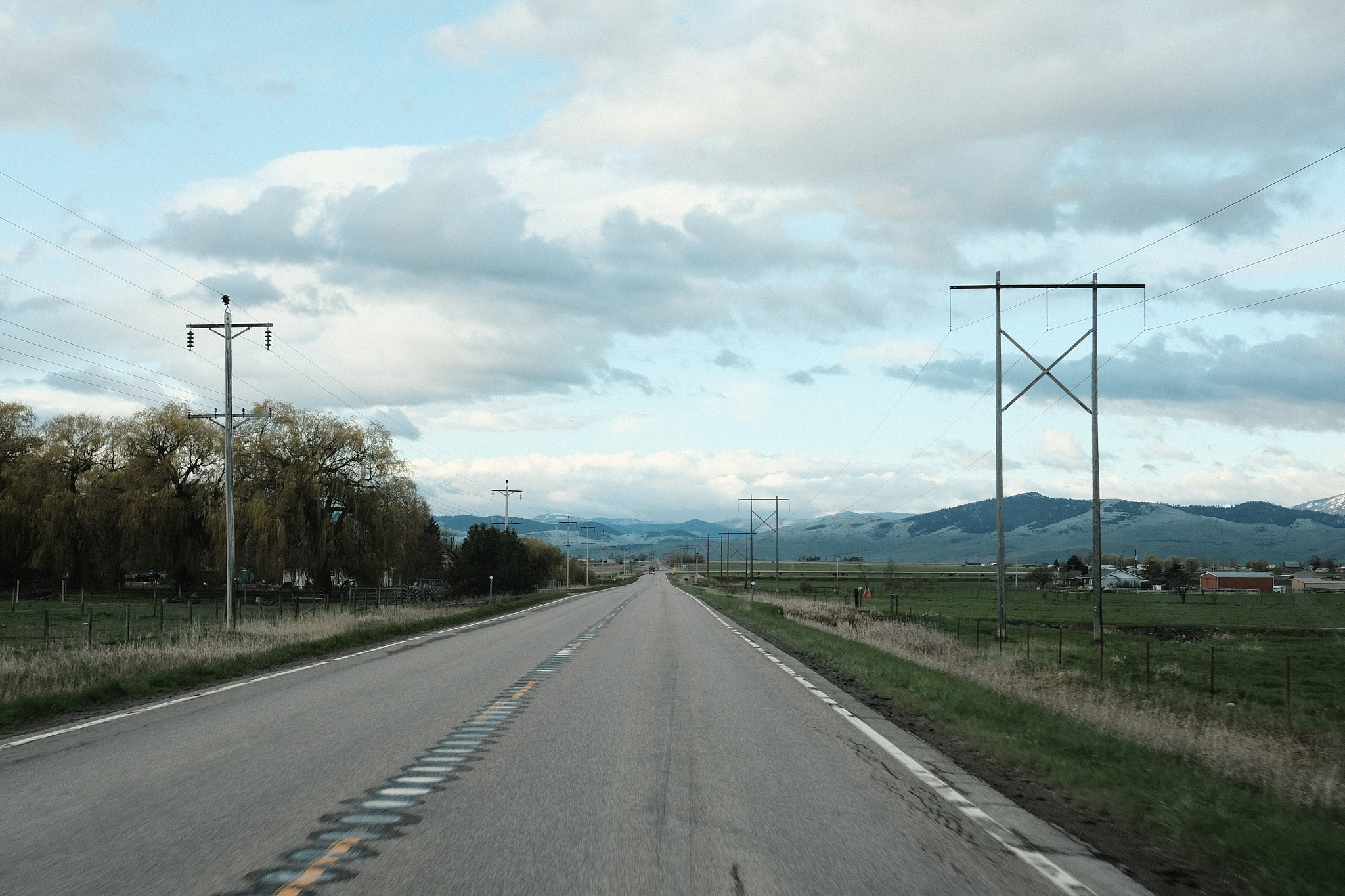- Notes

After a welcome lull, the skies are thick with fire smoke again. A friend of mine found ash on his car this morning. My allergies went haywire last week, and a day after of clean breathing, they’re acting up again. I need to buy more tissues.

After a welcome lull, the skies are thick with fire smoke again. A friend of mine found ash on his car this morning. My allergies went haywire last week, and a day after of clean breathing, they’re acting up again. I need to buy more tissues.

The National Weather Service has issued a heat advisory in my area for this coming Tuesday through Friday night. Forecasts predict triple digit temperatures, and if I still lived in San Diego, I might be annoyed but since I live in Montana, where the weather can fluctuate from snow one minute to sunny and clear skies the next, I am weirdly looking forward to 90 degree days again.
One way I will try and enjoy this heatwave is by driving in my nicely air conditioned car and listening to James A. Reeve’s newly launched Midnight Radio newsletter, “a dispatch of five thematic songs + a brief ramble delivered ‘round midnight on the first and fifteenth of each month.” His first broadcast is called, fittingly enough, Heatwave, and it is an incredible and eclectic mix of music with a whole lot of static and reverb. James has, if not the best taste in music, the coolest taste in music of anyone I know or follow. I’ve been reading his blog for many years now, and he ends many of his entries with a song that is usually new to me and very good. Both his blog and newsletter are great, and I recommend both.
I guess we’ll have something nice to look at while the world burns around us:
Climate change will increase opportunities to see rainbows, according to a new study led by researchers at the University of Hawai’i (UH) at Mānoa. The study’s authors estimate that by 2100, the average land location on Earth will experience about 5% more days with rainbows than at the beginning of the 21st century.
That’s about 18 more days than normal, which I guess is something. Silver lining and all, considering.
Page 1 of 1